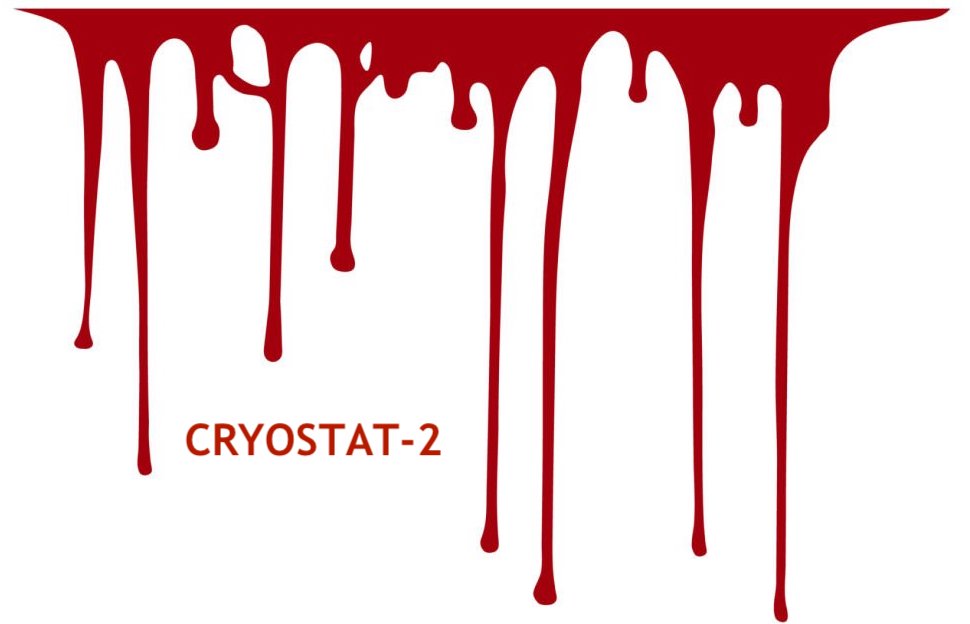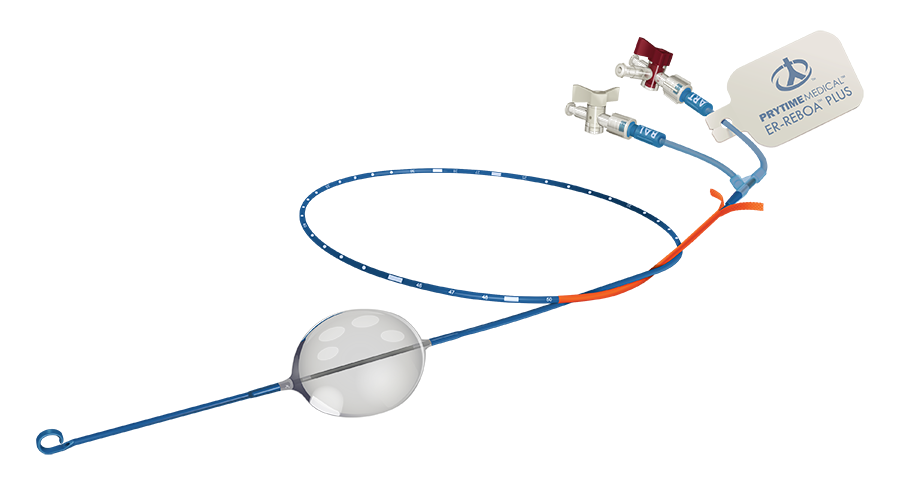Conclusion: While prehospital administration of TXA to severely injured trauma patients appears to improve early mortality, there was no improvement in survival with a favourable functional outcome
- PATCH was an international, double-blind, randomized, placebo-controlled trial enrolling patient’s from Australia, New Zealand and Germany
- Patients eligible for inclusion were those 18 yrs and older who were assessed as being at high risk for trauma-induced coagulopathy by prehospital paramedics and physicians using the Coagulopathy of Severe Trauma (COAST) score, where treatment could be administered within 3 hrs of injury
- 1307 patients (661 assigned to the TXA group (50.5%) and 646 assigned to the placebo group (49.4%)) were assigned to receive either TXA (1g over 10 minutes followed by an infusion of 1g over 8 hours) or placebo (saline infusion)
- Primary outcome was survival with a favourable functional outcome at 6 months (GOS-E of ≥5)
- Secondary outcomes included:
- Death within 24 hours, 28 days, and 6 months after injury
- Vascular occlusive events (DVT, PE, AMI, ischaemic stroke, other arterial thrombosis)
- Sepsis that occurred up to the time of death, hospital discharge, or 28 days after injury (whichever occurred first)
- Transfusion rates and coagulation parameters
- Results: there was no difference in favourable functional outcome between groups (GOS-E ≥5), which was recorded for 307 of 572 patients (53.7%) in the TXA group and 299 of 559 patients (53.5%) in the placebo group (absolute risk difference, 0.2 percentage points; 95% confidence interval [CI], −5.6 to 6.0; risk ratio, 1.00; 95% CI, 0.90 to 1.12; P=0.95)
- There were increased number of survivors in the TXA group at both 24 hours (64 of 657 patients (9.7%) in TXA group vs 90 of 640 patients (14.1%) in the placebo group had died (risk ratio, 0.69; 95% CI, 0.51 to 0.94) and 28 days (113 of 653 patients (17.3%) in the TXA group vs 139 of 637 (21.8%) in the placebo group had died (risk ratio, 0.79; 95% CI, 0.63 to 0.99)
- There was no difference in mortality at 6 months (123 of 648 patients (19.0%) in the TXA group vs 144 of 629 (22.9%) in the placebo group had died (risk ratio, 0.83; 95% CI, 0.67 to 1.03)
- No difference in incidence of vascular occlusive events between groups (155 of 657 patients (23.6%) in the TXA group vs 126 of 641 (19.7%) in the placebo group (risk ratio, 1.20; 95% CI, 0.97 to 1.48)
- No other significant differences in secondary outcomes such as sepsis, transfusion rates, fibrinogen and INR at 8 hrs and 24 hrs
- Strengths:
- Groups were well balanced with high injury severity scores, meaning that there was an increased chance of demonstrating a treatment effect
- Primary outcome was highly patient orientated and clinically important
- Weaknesses:
- 13% loss to follow up with no outcome data weakens internal validity
- Protocol violations were prevalent occurring in 215 patients (32.7%) in the TXA group and in 238 patients (37.0%) in the placebo group – this included patients receiving open label TXA on arrival to hospital which may confound results of this intention to treat analysis
- Pregnant patients and residents of aged care facilities were excluded
Reference: PATCH-Trauma Investigators and the ANZICS Clinical Trials Group; Gruen RL, Mitra B, Bernard SA, McArthur CJ, Burns B, Gantner DC, Maegele M, Cameron PA, Dicker B, Forbes AB, Hurford S, Martin CA, Mazur SM, Medcalf RL, Murray LJ, Myles PS, Ng SJ, Pitt V, Rashford S, Reade MC, Swain AH, Trapani T, Young PJ. Prehospital Tranexamic Acid for Severe Trauma. N Engl J Med. 2023 Jul 13;389(2):127-136.




